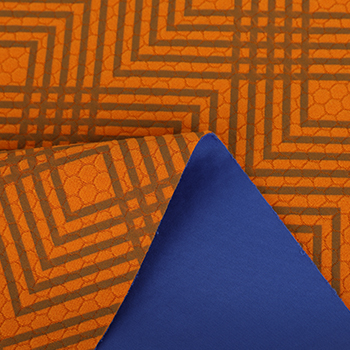Before we explore the different types of Waterproof breathable outdoor fabrics, let’s take a look at their construction. A membrane is a layer of waterproof material bonded to the outer shell of a product or piece of equipment. The main types of waterproof, breathable fabrics, also known as WPB fabrics, consider two types of membrane. The first one is PU which stands for polyurethane, and the second is an ePTFE membrane or expanded polytetrafluoroethylene.Essentially, Bob Gore found out that when he stretched PTFE, it formed a waterproof surface with millions of tiny pores. These pores are 700 times larger than a water vapour molecule and 20,000 times smaller than a water molecule. The difference in size means that liquid water is unable to penetrate through the membrane.PU coating on fabric has no pores, which makes it less breathable than ePTFE. Polyurethane also attracts water to the surface.

The skin repels moisture in a process called molecular wicking. PU membranes don’t always function well in damp and humid environments, although many manufacturers are developing a more breathable version of this fabric.Laminated fabrics such as cotton are prevalent and effective. A thin waterproof coating is given to the cotton to make it waterproof. This version of waterproofing is also much more environmentally friendly than other sources as one side is a natural fabric. Laminated fabric is ideal for hats, jackets and ski clothing it works well in extreme weather conditions. A water resistant layer is bound to the back of the cotton, which enhances the waterproofing. Although the fabric becomes less malleable after this process, it creates a strong structure and is still very breathable.When they stand alone, polyester and nylon waterproof in their own right, but they are water-resistant due to their tightly knit weave. Again, a special coating can make them waterproof a layer of polyurethane on the interior of the fabric allows it to withstand rain and other water splashes.
Polyester and nylon are much less breathable, and they aren’t quite as strong as others. Ripstop nylon fabric go unnoticed as one of the sturdiest in this particular material family. In the second World War, they even used it to create parachutes due to its waterproof and rip-proof qualities.These are good examples of waterproof, artificial materials that you may find in many household items. From placemats to cosmetic bags, this type of fabric is very waterproof. Not only does it prevent water from seeping through, but it is also equally as tough as it is flexible, giving you the best of both worlds.Thermoplastic polyurethane is very soft, supple and environmentally friendlier than other options such as PUL or Polyurethane Laminate. This waterproof material is good for reusable nappies due to its absorbent and comfortable nature.Fleece is classed as a water resistant fabric, as long as it is thick enough.
Fleece is another type of fabric that comes in useful for the outer layer of cloth nappies. Carefully applying a water repellent coating can make fleece more water resistant than it is naturally.Polyurethane Laminate is the fabric of all fabrics that are waterproof in its own right. PUL is a polyester fabric that has a plastic backing comprising a thin waterproof layer. Polyurethane Laminate is a completely waterproof fabric, as well as being breathable and flexible. The best thing about polyester PUL is that it is thin, smooth, and it can be washed many times without causing any damage.One of the main advantages of wool is that it is entirely natural and it’s water-resistant. Although it may not be fully waterproof, you can add a coat of lanolin and improve its protection significantly. Boiled wool is extremely water-resistant as the boiling process makes the fabric thicker and denser.Oilcloth is essentially a linen cloth with a coating of boiled linseed oil to make it completely waterproof. Modern-day, oilcloth can be created using cotton material plus a clear vinyl layer over the top. Oilcloth is low maintenance, wipe clean material that used for tablecloths, bags and kitchen accessories.


